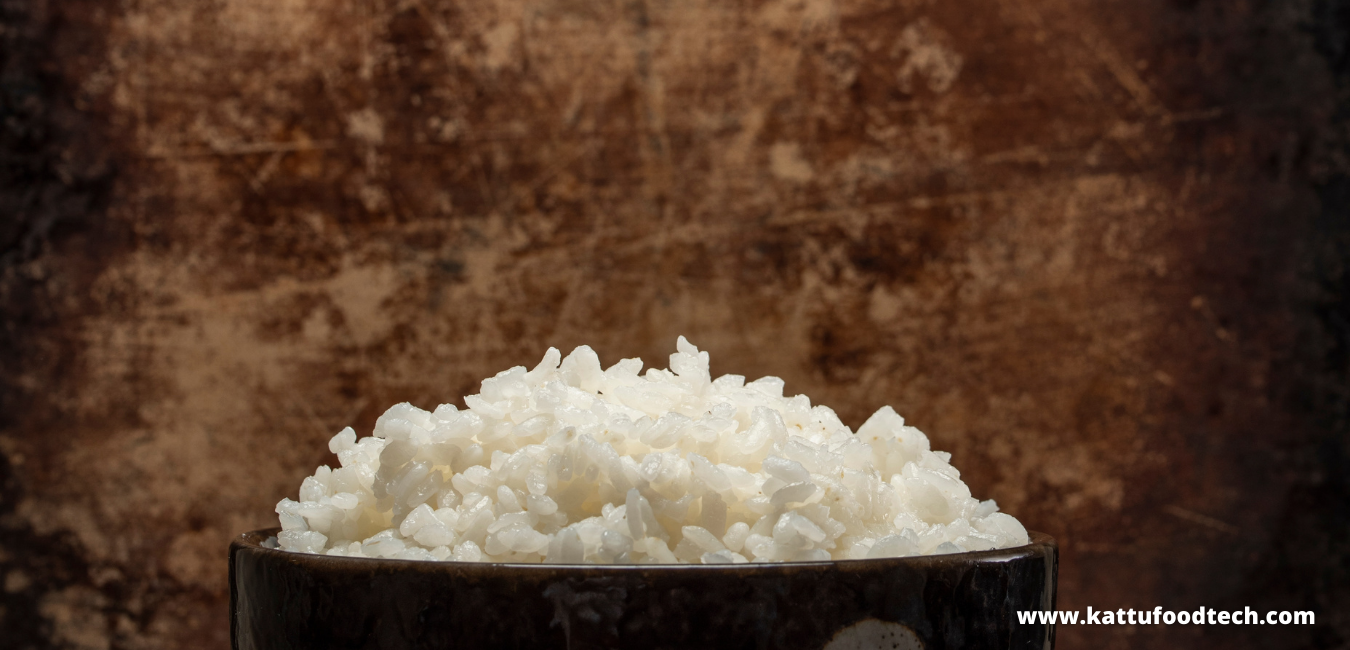Currently Empty: $0

Food Science & Technology Quiz (13-02-2022)
Q1. _______ is defined as the total amount of starch, and the products of starch degradation that resists digestion in the small intestine of healthy people.
- Polysaccharides
- Modified starch
- Resistant starch
- None of the above
ANSWER: C. Resistant starch
- Explanation: A group of scientists coined the term resistant starch (RS), which is not defined by any government organization. The overall amount of starch, as well as the products of starch degradation, that resists digestion in the small intestine of healthy individuals, is known as resistant starch. When resistant starch enters the large intestine, it can be used as a substrate for microbial fermentation, with hydrogen, carbon dioxide, methane, and short-chain fatty acids as the end products (SCFA).
READ MORE – Food Science & Technology Quiz (13-01-2022)
Q2. ______ relate to certain structural forms of Resistant starch.
- Retrograded starch
- Waxy starch
- Modified starch
- All of the above
ANSWER: A. Retrograded starch
- Explanation – The nature of the interaction between starch polymers influences starch digestion resistance, with higher amylose levels in the starch being associated with slower digestibility rates. Certain structural types of RS are related to retrograded starches (Resistant starch). When starch is cooked in water beyond its gelatinization temperature and then chilled, retrogradation occurs. The starch granules gelatinize and become easier to digest as a result. Amylose-rich starches are naturally more difficult to digest and more vulnerable to retrogradation.
READ MORE – Food Science & Technology Quiz (23-01-2022)
Q3. The energy value of resistant starch has been calculated as approximately?
- 2kcal/g
- 4kcal/g
- 4.5kcl/g
- 8kcal/g
ANSWER – A. 2kcal/g
- Explanation: The energy value of resistant starch has been calculated to be around 8kJ/g (2kcal/g) in experiments. This is significantly less than the 15kJ/g (4.2kcal/) energy value for totally digested starch. Several studies have attempted to quantify RS dietary intakes in the general population. The majority of research found that daily intake ranged from less than 12gm to 20gm.
READ MORE – Food Science & Technology Quiz (03-02-2022)
Q4. To measure the content of resistant starch in foods all of the digestible starch from the product should be removed using _______.
- Thermostable α‐amylases
- Isoamylases
- Glucanosyltransferases
- α-(1→4)α-(1→6) transferases
ANSWER: A. Thermostable α‐amylases
- Explanation: The main step in any approach for measuring the quantity of resistant starch in foods is to use thermostable amylases to remove all of the digestible starch from the product. It is based on the idea of enzymic digestion and quantifies the sections of starch resistant to digestion at 37°C that are normally not quantitated due to gelatinization at 100°C and digestion at 60°C.
READ MORE – Food Science & Technology Quiz (06-02-2022)
Q5. Cooling of cooked white rice _________ resistant starch content.
- Increases
- Decreases
- Degrades
- Does not affect
ANSWER: A. Increases
- Explanation – The natural resistant starch content of foods may be affected by processing. Processes that break down structural barriers to digestion diminish resistant starch concentration in general, with processing resulting in higher reductions. Cooked white rice is cooled to enhance the amount of resistant starch. When compared to freshly cooked white rice, cooked white rice that was cooled for 24 hours at 4°C before being reheated had a lower glycemic response.
READ MORE – Food Science Technology Quiz (12-01-2022)

 0
0

